Article by Oana Verdier, first published here
What is time, or better yet, how do we perceive it?
Certainly today, time is understood as linear, with past, present and future all being intertwined but very well defined; however, how many of us remember a moment that impacted us many years ago, as being just as vivid now?
Perhaps the images and what was said remain blurry, but what we feel somatically and emotionally is triggered by moments lived in the NOW, almost always following the same pattern.
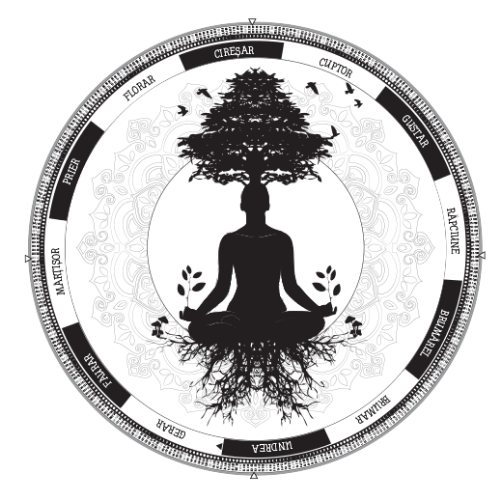
Time seems circular, and works like everything we know in this Universe, according to certain laws and paradigms.
Thus, just as nature seems to die and is reborn with each new annual cycle, so does our inner and outer world.
Left: Kalindariu Kosmosylvana — The first Kosmo Kalindar. 2015
Names of the months were marked in the old Romanian nomenclature.
Our ancestors were aware of this, and that is precisely why they lived in harmony with the rhythms of nature, having a series of well-established ritual practices that were intended to mark and alchemize the living experience both collectively and individually.
This cyclical nature of time — contained in the folk calendar
” The calendar represents the order of time, so that one knows when the most appropriate moment to do something, would be; the calendar divides and organizes time because no hour or day is alike and there is a good hour and there is a bad hour, there is a good day and there is a bad day.”
(Bernea 1997, p 194-196 from the preface of the Calendar of the Romanian People).
In this sense, the folk calendar was a space within the limits of which, our ancestors’ philosophy of life was subordinated to the principles of folk magic, “which could guarantee people great personal power just by them being aware of its laws and frameworks for undergoing specific actions because, through the magic of the folk calendar, man would be, in a small sense, a co-creator to an important part of his destiny.
Good harvests could be anticipated, and the wealth and well-being of animals, birds, and bees could be preserved or increased by speculating auspicious moments, on which the calendar offered sufficient guidance.
“The physical and mental wellbeing of people themselves would depend greatly on respecting certain taboos, and the usage of certain therapeutic, apotropaic, and propitiatory tools, on specific days ”
(A. Olteanu, Calendars of the Roman People, p7).
The existence of a Solar Calendar in the Sanctuaries of Sarmisegetuza.
Beyond the folk calendar, there are theories that show the existence of a Solar calendar, dating back to our Geto-Dacian ancestors, found in the Sanctuaries of Sarmisegetuza.

One of the most famous such sanctuary, is the Sarmisegetuza Regia one, the capital of Decebal’s kingdom, where, in the Sacred area of the Great Circular Sanctuary, one can distinguish a “structure composed of three concentric elements: a double perimeter circle, a circle median and a central ellipse.
The double circle is made of andesite pieces: the outer one has 104 stone blocks, and the inner one has 30 groups of 6 +1 elements each, 6 of which are vertical pillars, and the seventh is a horizontally placed block, adding a total of 210 items.
The middle circle was made of wooden posts, which have since rotted away, but traces of which have been detected by archaeologists in the ground.
This calendar would have had a surprising accuracy
According to researchers, this calendar (which includes the Great Circular Sanctuary, the smaller Circular Sanctuary, and the rectangular ones), would have had a surprising accuracy to the approximated number of days that the tropical year holds, determined by science people, nowadays (365.24222).
For the exact calculation formulas you may find, in the Bibliography section at the end of this article, references to links and books that explain this theory in detail.
“It is not just the outline of a calendar, but it incorporates multiple meanings about the passage of time, about the unity of the macrocosm and the microcosm, about the essence of our journey through the world.”
Emil Poenaru on the Great Circular Sanctuary
It supposedly encodes knowledge on astronomy, geometry, trigonometry, and medicine, the Getae being called by the historians of those times, the wisest of all barbarians.
This perspective finds justification in the work Getica, by Jordanes, which, although controversial, brings valuable information about the life of Romanian ancestors.
He tells how Burebista took Deceneus, a High priest, philosopher, and astronomer, a predecessor of Zamolxis, by his side.
“Teaching them ethics, he tamed their barbaric ways, taught them physics, made them live naturally, according to their own laws that until now they called belagines…showing them the importance of practice, he urged them to live by doing the most good deeds, and in the theoretical field tought them the 12 signs of the zodiac and how to contemplate the movement of the planets, to know how and what the waxing and waning phases of the Moon were, by how much the Fiery Sun exceeds the size of the Earth, by what name or signs, the 346 stars ascend or descend in the sky, from sunrise to sunset. “
(A. Olteanu, Calendars of the Roman People, p7).
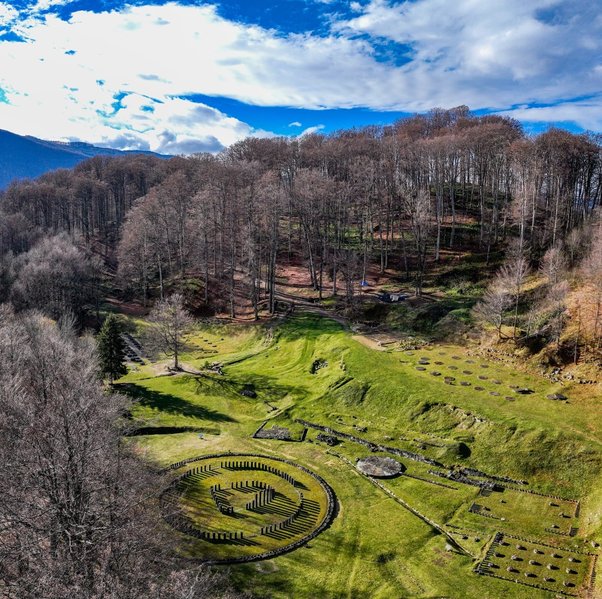
Of course, the Solar Temple would also have been the place where the High Priests of those times would have officiated cultic rituals (the altar being the semicircular portion in the center).
On the other hand, Vasile Pârvan believed that the Great Circular Sanctuary at Sarmisegetuza
was a funerary monument.
Whatever the truth, one thing is certain. The Sanctuary of Sarmisegetuza holds a special charge and is an Ancestral Testament that has overcome time, a legacy to current and future generations.
Our elders lived their days following the rhythms of the earth and the sky.
They knew intuitively of cause and effect.
They were aware of the immense power held by a life lived in circularity, with the ups and downs; with the cloudy and sunny skies, with Death and Rebirth.
If you too want to live by this as much as possible, I recommend the books:
Calendar of the Romanian Peasant by Ion Ghinoiu,
Romanian Holidays vol 1,2,3 by Simeon Florea Marian
Romanian Holidays by Tudor Pamfile
Romanian Folk’s Calendars by Antoaneta Olteanu (which is a synthesis of the above but also contains Christian Holidays).
In order to track time in a circular manner, I used the Kosmo Kalindar in the year that has almost passed.
I found it to be the most practical way of getting an overview on all the ancient holidays, while also having access to the phases of the Moon, the Equinoxes and the Solstices.
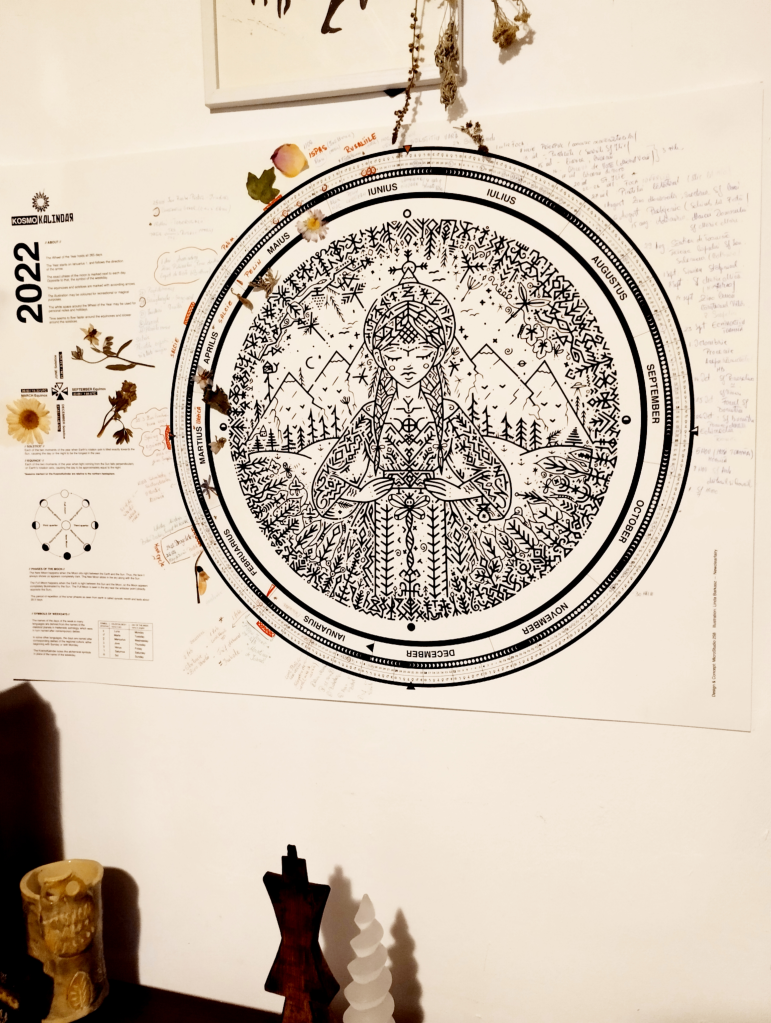
A Way to Reconnect
Diving into the Folk Calendar is perhaps the most accessible way to reconnect with our ancestors, our grandparents, Mother Earth and ourselves.
Many of the rites and customs may no longer find applicability in the modernized world, but I believe they bring a different perspective on nature and especially on the ancestral wisdom that transcends all notions of time and space.
As I see it, old customs survive if they evolve with the times, especially if their purpose in this world is fully understood.
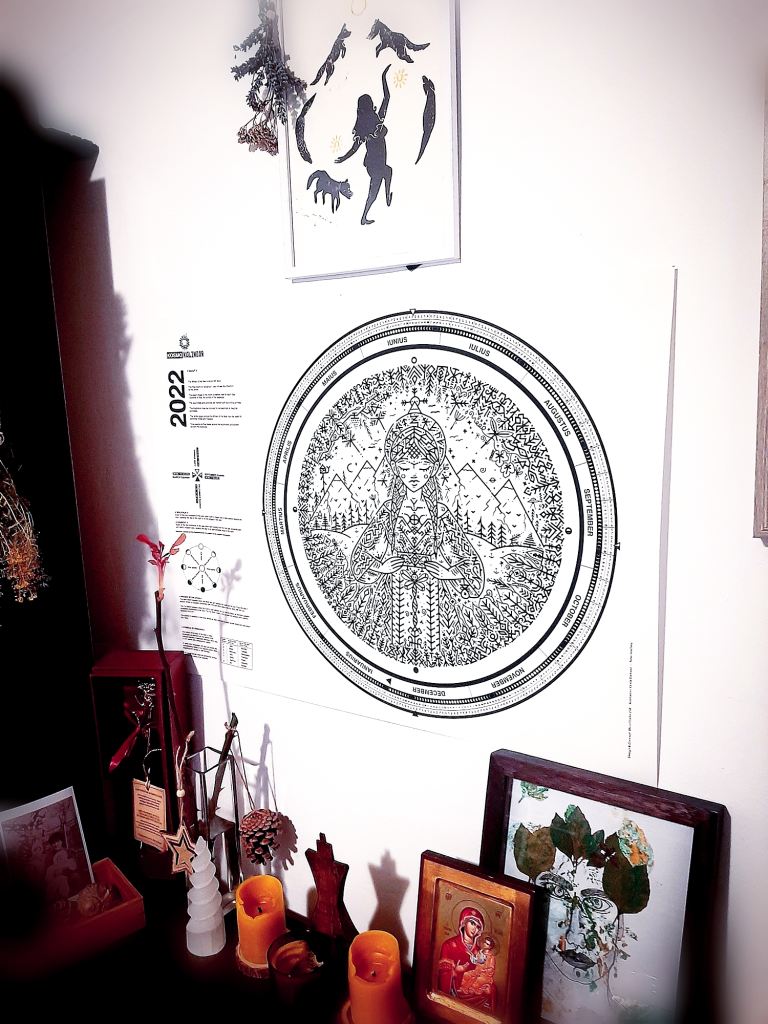
Get the Kalindar for 2023 here and use code CALENDAR23 for a 10% discount on your order.
Bibliography and resources:
Calendarele Poporulul Roman— Olteanu, Antoaneta (Ed. Paideia)
https://www.academia.edu/5067420/Calendarul_dacic
http://dacica.ro/aurora/templul-mare-circular-sarmizegetusa-regia/
https://www.youtube.com/watch?v=VDEQtK5echo
https://romaniaimaginideierisiazi.wordpress.com/2021/02/14/getii-sau-gotii-au-fost-una-
si-aceeasi-natiune-de-gabriel-gheorghe/
https://www.academia.edu/24595150/Calendar_geto_dacic_edi%C5%A3ia_a_IV_a
Pietrele Dacilor Vorbesc — Paul MacKendrick
Pietrele Dacilor Socotesc — David Reu
Dacia Esoterica — Prof. Dr. Vicu Merlan
Calendarul de la Sarmisegetuza Regia — Serban Bobancu, Cornel Samoila, Emil
Poenaru
Of Plants and Rituals
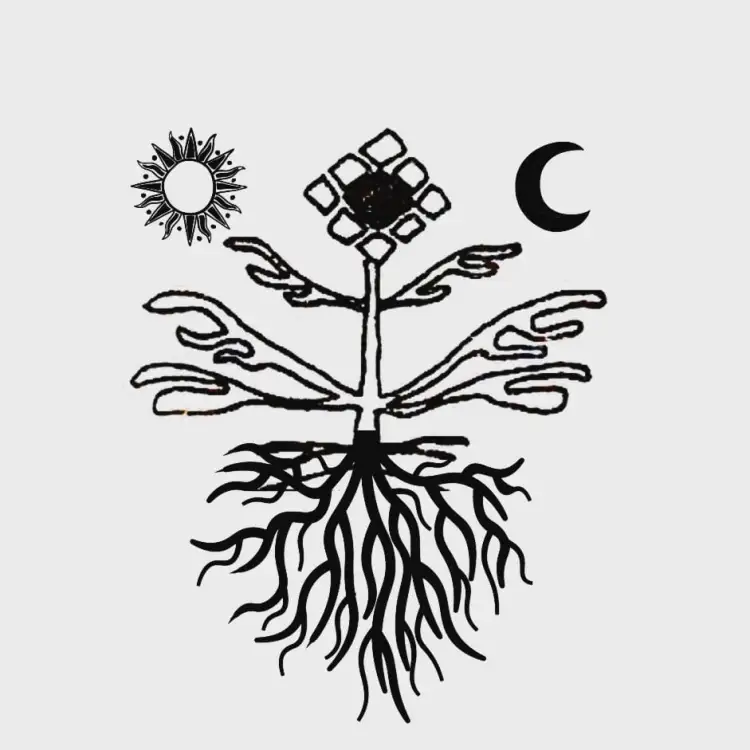
A blog that focuses on Plant Folklore, Plant Remedies, Herbalism, Ancestral Rituals, Romanian Folklore, Folk magic, Archetypes, Symbolism, Mythology, Cultural Anthropology, Crafts and Nature Connection Practices.
Follow the author on Instagram: @de.rituri.si.plante
